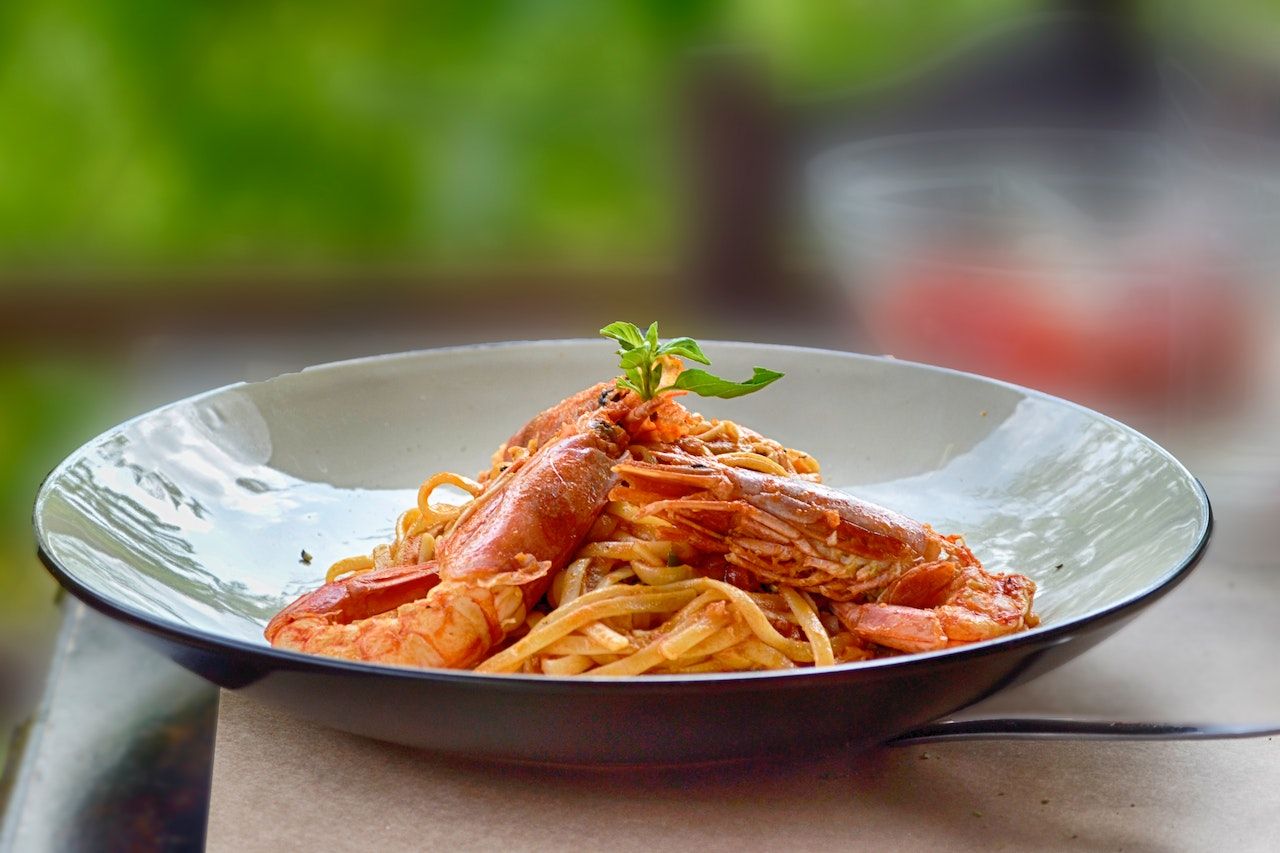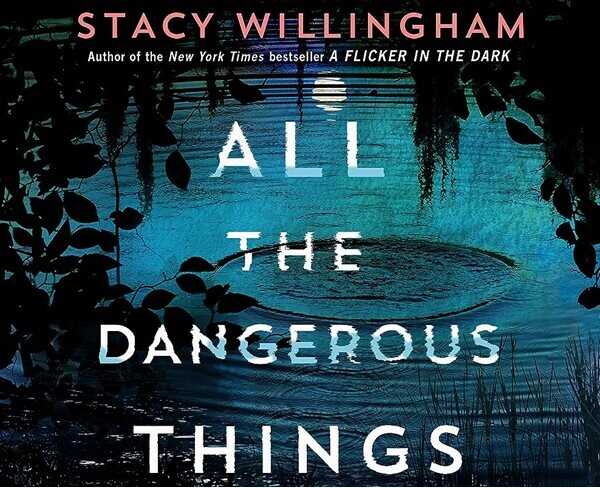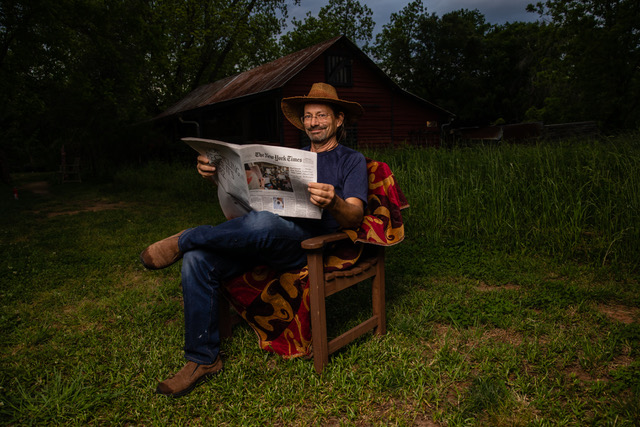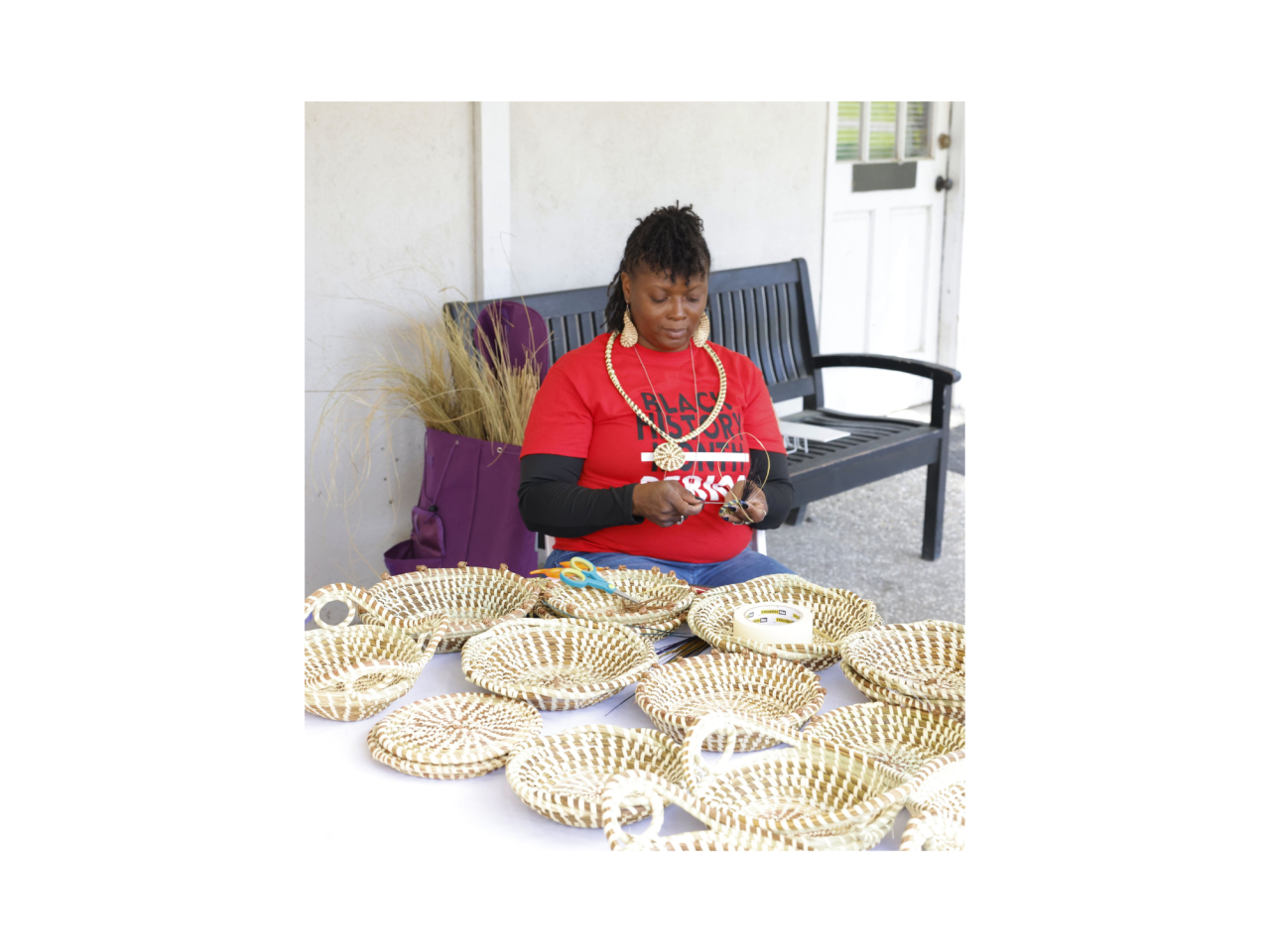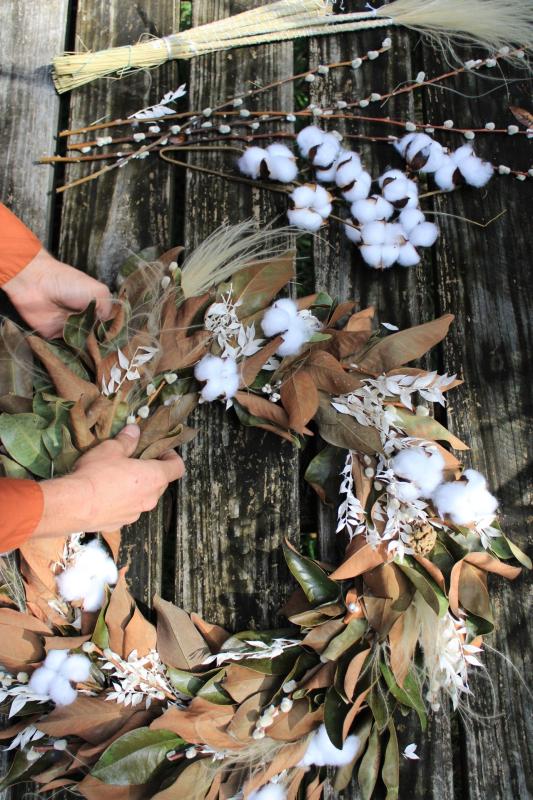Fan Favorite Performs Before a Sell Out Crowd At Historic Charleston Music Hall
Fox News' Jason Chaffetz Not Afraid to Let Readers Know Who's Really in Political Control
Amidst the cobblestone streets and antebellum architecture, a vibrant culinary scene thrives, with a particular highlight on the city's enchanting waterfront restaurants. Get ready to savor delectable seafood, indulge in Southern classics, and immerse yourself in the culinary essence of this city.
Veteran Actor (Outer Banks) & Musician Loves Entertaining & Returning To Charleston
Weather Delay & Recent Song Controversy Don't Deter Country Music Superstar From Rockin' Credit One Stadium
Fox News' Greg Gutfeld Opens Up Comically About His Rise To the Top of TV Ratings!
Attention To Detail Sets Food & Drink Establishment Apart, Charleston Location First of Several For Carolinas
Charleston Resident Stacy Willingham Follows Her Debut Novel With Another Must Read Page Turner
Quack, Quack! New North Charleston Eatery Offers Grab n' Go Food, Eco-Friendly Provisions & More
SC Journalist Michael DeWitt Jr. Describes Wickedness That Has Followed Hampton County Over the Years
Low Country Eateries Offer a Wide Variety of Hotdogs Catering From Classic to Zany Appetites



